Jason Davis • Aug 20, 2020
Planetary Society Grant Winners Deal with Delays, Hunt Asteroids, and Discover Comet
Saving the world from asteroids takes a global effort. The Planetary Society’s Shoemaker NEO Grant program funds advanced amateur astronomers around the world who find, track, and characterize potentially dangerous space rocks. The world’s professional sky surveys alone can’t keep an eye on every object in the sky; that’s where our grant winners come in.
Defend Earth
How The Planetary Society works to decrease the risk of Earth being hit by an asteroid or comet.
We announced our latest winners in December, awarding $58,000 to 6 astronomers in 4 countries on 3 continents. Though eager to get to work, most of the grant recipients were at least somewhat delayed by the global COVID-19 pandemic. Every 6 months for 2 years, we ask our winners to send us a progress report. Here’s what they had to say.
Leonardo Scanferla Amaral
Observatório Campo dos Amarais, Brazil
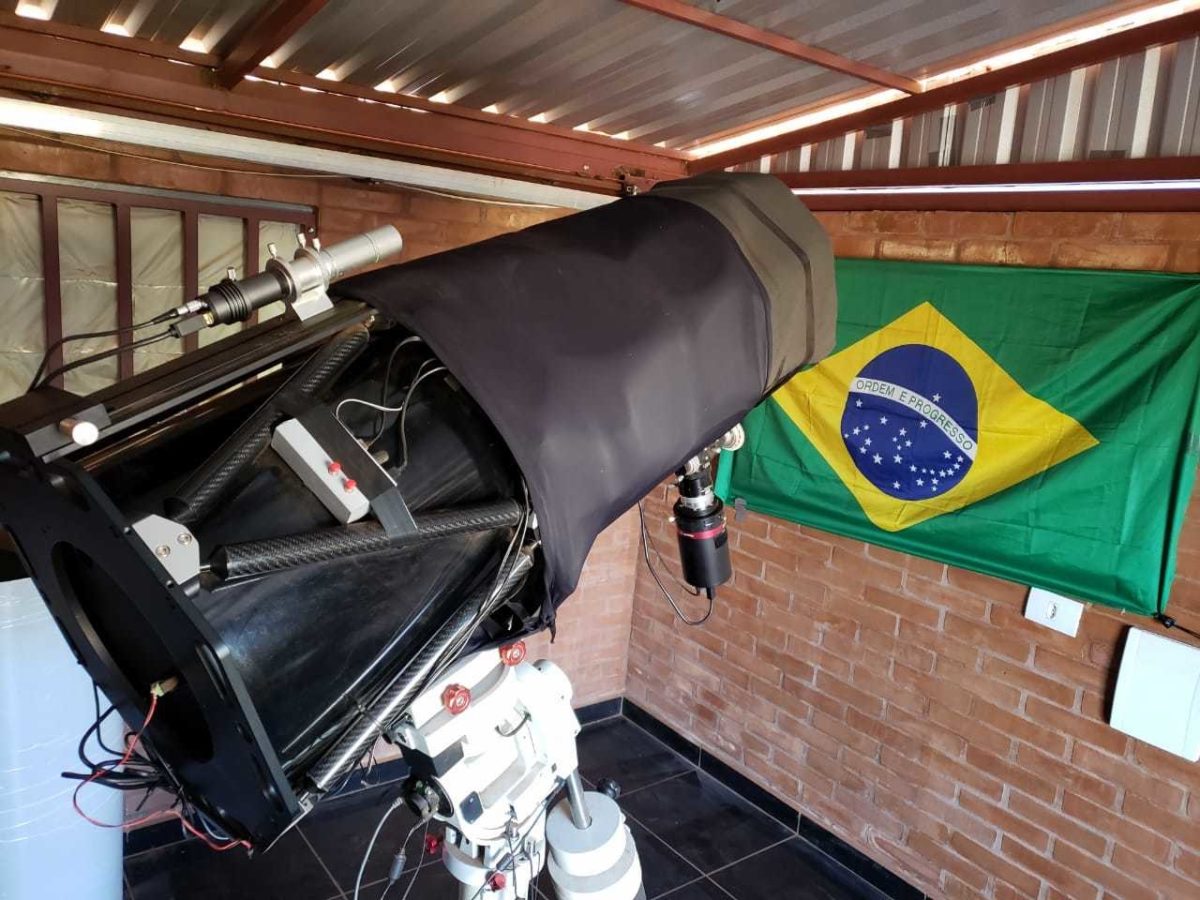
Dangerous asteroids can come at Earth from any direction, yet most of our planet’s major sky surveys are located in the northern hemisphere. The Observatório Campo dos Amarais in Brazil offers some much-needed southern sky coverage. Here’s a chart showing some of its recent observations, most of which are aimed below our celestial equator:

We awarded Leonardo and his observatory $8,443 for a more stable telescope mount to enable longer camera exposures and provide better object tracking. He ordered the mount but its arrival has been delayed until November due to the pandemic.
While ordering the mount, Leonardo was able to sell some old observing gear and get a discount on some new equipment, including an upgraded computer and camera. More importantly, his cat enjoyed the empty camera box:

Leonardo has made more than 450 observations this year, collecting data that help determine asteroid spin rates, trajectories, and whether what looks like a single asteroid is actually a binary asteroid. He also discovered a comet, which is now named C/2020 O2 (Amaral)!
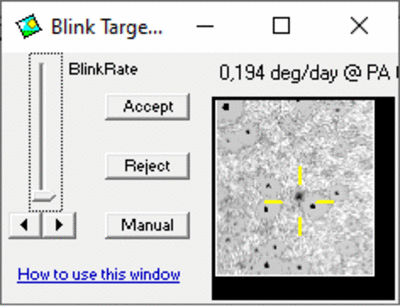
The comet will just barely come within Jupiter’s orbit, and won’t be visible from Earth with the naked eye. But it’s an exciting honor nonetheless—congrats, Leonardo!
Paulo Bacci, Luciano Tesi, and Martina Maestripieri
Gruppo Astrofili Montagna Pistoiese (GAMP) at the Osservatorio Astronomico della Montagna Pistoiese in Italy
One of this observatory’s specialties is providing rapid follow-up observations of newly discovered near-Earth objects. Determining an asteroid’s trajectory requires multiple observations; unfortunately, many newly discovered objects are dim and getting fainter by the day as they speed away from Earth. It’s important to get as many observations as possible before an asteroid fades into the blackness of space, so we can determine whether it might come back around in a few years and hit us.
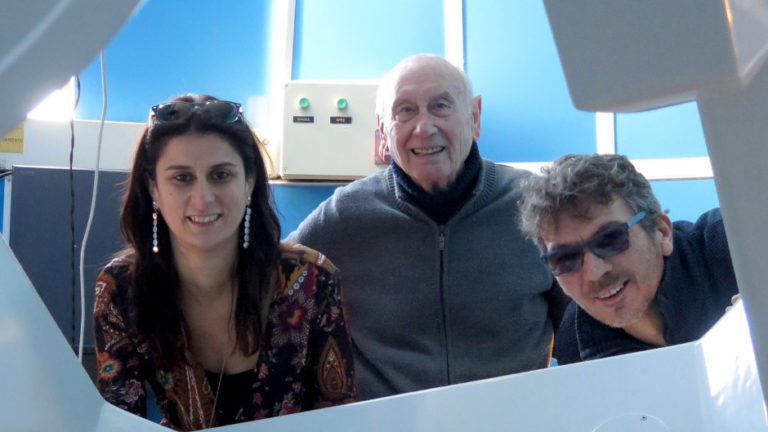
The observatory is located on public property, and was mostly closed from March to June due to COVID-19. Ironically, our $8,000 grant was to help GAMP adapt its 0.6-meter telescope for remote operations!
Despite the closure, the group was still able to make some observations, including contributing to the discovery of binary asteroid (7132) Casulli. Inspections and final cost estimates for the observatory work is complete, and if all goes well GAMP will be remote around the end of the year or in early 2021.
Russell Durkee
Shed of Science Observatory, United States
Russ is a high school teacher in Minnesota who recently moved his observatory to a dark sky site in Texas. He does work on light curves—measurements of an asteroid’s brightness over time. He also uses his observatory to mentor young astronomers.
Russ and his observatory were grant winners in 2010, and in this round we awarded him $12,799 to replace the aging camera he previously purchased with Shoemaker funding. He drove the new camera to Texas in July, binge-listening old episodes of Planetary Radio on the way. We highly approve of this road-trip soundtrack!
The new camera cools itself 60 degrees Celsius (140 degrees Fahrenheit) below ambient temperatures, which allows it to capture clearer images. Unfortunately, the camera iced some of its optics in the process, so Russ had to send it back to the manufacturer. He did get a few tantalizing glimpses of its capabilities and is looking forward to getting it back in August.

Randy L. Flynn
Squirrel Valley Observatory, United States
Squirrel Valley Observatory is actually an extension of Randy’s home, attached to a back deck. He focuses on making measurements that help with orbit determination, with an emphasis on newly discovered asteroids.

Randy received $6,139 to automate his observatory, including installation of a roll-off roof to significantly increase his observing time. Not surprisingly, the project was delayed due to COVID-19, but he finally got everything up and running in June, and sent us this sci-fi themed video of the grand automated opening:
Korado Korlević
Višnjan Observatory, Croatia
Višnjan Observatory is easily the most photographic of our 2019 winners. In the past 2 years it has made followup observations of 1400 asteroids, while regularly hosting educational visits by middle and high school students.
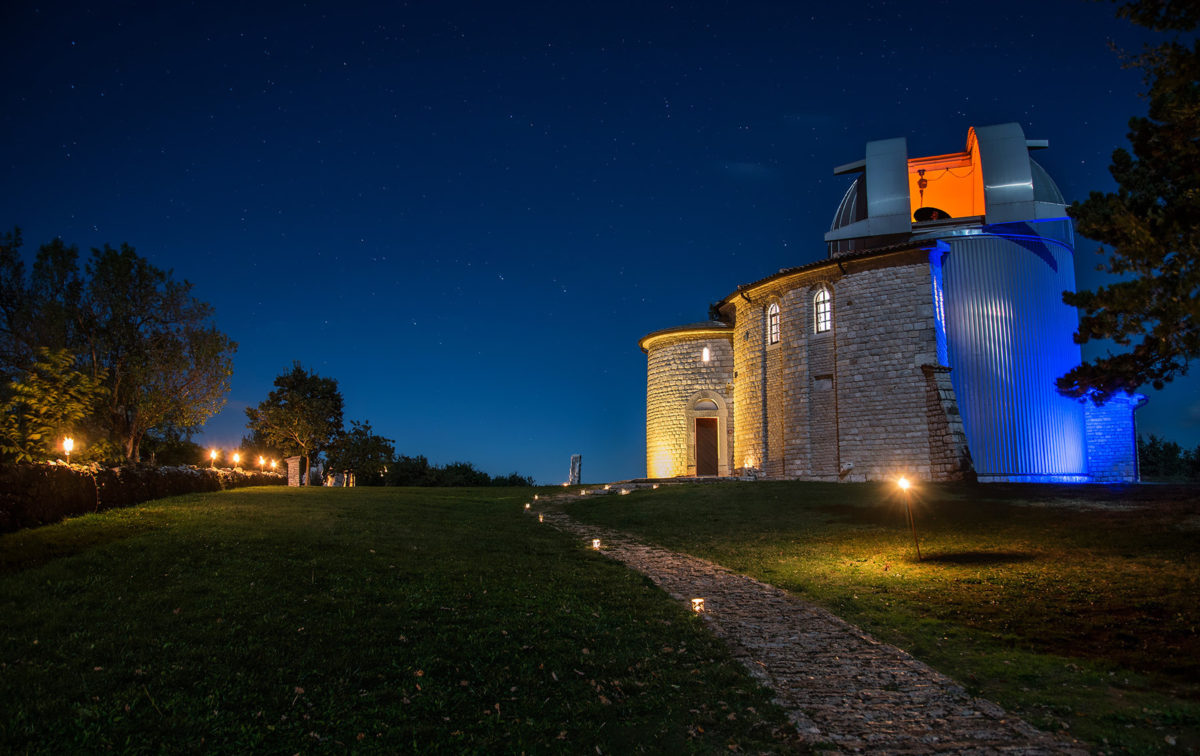
Our grant winner Korado received $10,825 to recoat the observatory’s telescope’s 1-meter mirror and to purchase a new coma corrector, which helps focus starlight (or in this case, asteroid light) from a smear into a single point. Inter-country shipping in Europe was restricted due to the pandemic, but Korado finally got his mirror coated and expects to have his coma corrector up and running soon.
Alessandro Nastasi, Sabrina Masiero and Mario Di Martino
GAL Hassin Astronomical Center in Sicily, Italy
Allesandro and his colleagues are good at tracking nearby objects that move fast across the night sky. The group was previously sharing a facility with educational telescopes, and received a $11,700 grant to build a standalone dome that could be automated and synchronized with another nearby 1-meter telescope.
Despite pandemic-related delays, the team finally got their new observatory built, and have relocated their equipment. The observatory is fully automated and can be ready for observing in less than 20 minutes. During a one-month period between June and July this year, the group observed 63 different objects. They sent us this picture of the new dome, which seems to be located in a rather captivating setting:
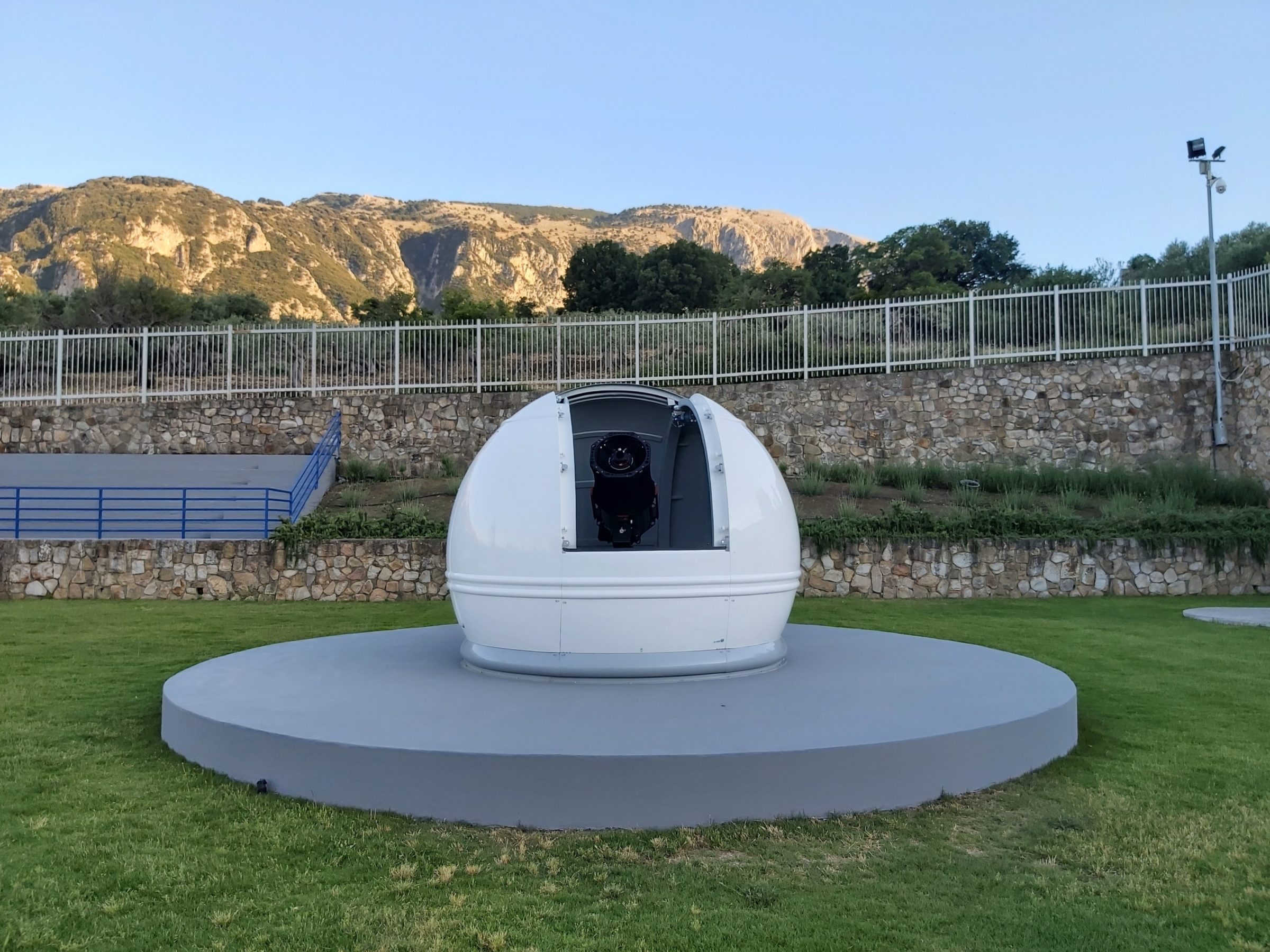
Thanks again to all of our current and past winners for their work and reports. And thank you, Planetary Society members and supporters, for making this important work possible!
The Time is Now.
As a Planetary Defender, you’re part of our mission to decrease the risk of Earth being hit by an asteroid or comet.
Donate Today

 Explore Worlds
Explore Worlds Find Life
Find Life Defend Earth
Defend Earth


